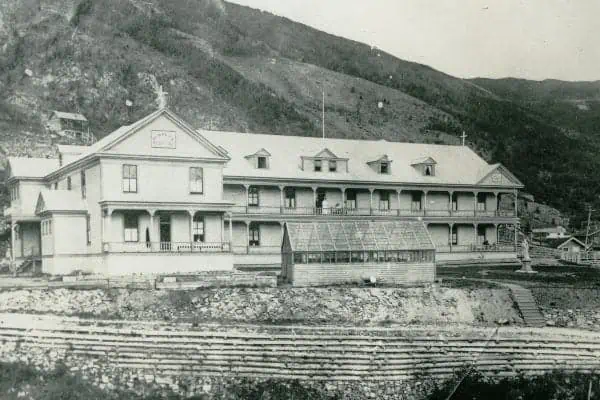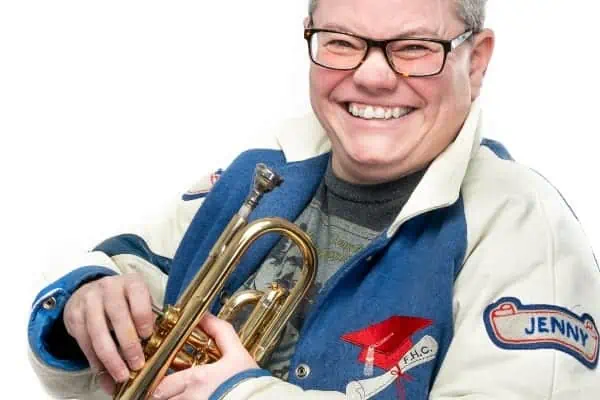It’s younger than the Stanley Cup (1892), but a decade older than the Grey Cup (1909).
And in the world of curling, it makes the national men’s championship originally named to promote the Macdonald Tobacco Company’s “Brier” brand seem like a mere infant.
By the time Brier came along in 1927, the Dawson City International Bonspiel was already nearing the 30-year mark.
This year marks the 116th outing for an event that started in the aftermath of the Klondike Gold Rush and is considered the Yukon’s oldest continuously running event.
“It started with the influx of people during the Gold Rush,” explains Aiko Saito, long-time president (“too long,” he claims) of the Dawson Curling Club.
“A lot of these guys had done curling and whatnot and took it upon themselves to get organized into a club.”
According to historian Pierre Berton, that club was incorporated in October 1900 — the year after the first competition took place on outdoor ice.
“The count in terms of the bonspiel started in 1899,” Saito says. “I haven’t found any history to dispute or confirm that thought, but either way, it’s within a year or so.”
Saito says the oldest photo he’s seen shows club members playing on a frozen slough that ran past St. Andrew’s and St. Paul’s churches and out to the Yukon River.
“For part of the time there was a canvas-covered club room and sort of a frame over the curling ice. It also shows a wooden bridge over the slough along Fifth Avenue,” he explains.
“It was dated 1901, so it was the first club championship, and I would assume they had a sort of bonspiel before that.”
Eight years later, Dawson’s curling club was deemed the second largest in the world, with a membership of 143. By then, it also boasted a four-sheet rink in the recently-formed Dawson City Athletic Association’s facility.
For more than half a century, beginning in the 1920s, the club operated out the “warm storage” building on the site of the present-day Triple J Hotel.
In 1981, the year after Saito arrived in Dawson and joined forces with the local curlers, the club moved across the street to a two-sheet facility in a new twosheet facility in the town’s arena complex.
After 35 years with the club, Saito says his most memorable Dawson bonspiels were in 2000 and 2001, when the arena complex was being rebuilt.
To avoid interrupting a time-honoured tradition, the event was relocated to the town’s largest frozen asset — the Yukon River.
“There’s nothing that compares with holding a bonspiel on the river,” Saito muses.
“One of the bonspiels, we had a nice two sheets, and then overnight something happened in terms of the water underneath, and we had a crack that went diagonally across two sheets.”
Maintaining a keen ice surface outdoors is also a challenge.
“As the rock go down the ice, you see this cloud of snow, or powdered ice as it goes down the sheet,” he chuckles.
“It was just a unique event to do it on the river. A lot of work, but it was worth it.”
Due to the cost and hassle of transportation, the Dawson bonspiel no longer attracts teams from Fairbanks, Alaska, as it did from the 1930s to the late 1990s.
Still, curlers from Whitehorse, Mayo, and other Yukon communities continue to sign up each year, and club membership is once again pushing the 100-plus mark of its heyday a century ago.
This year’s bonspiel runs from late Friday afternoon, February 6, until the last draw at 3:00 p.m. Sunday, followed by the annual banquet and awards presentation at 7:00 p.m.
For more information, contact the Dawson Curling Club at 867-993-6262.




